 POSTED ON February 02, 2025 by Arup Ratan Paul
POSTED ON February 02, 2025 by Arup Ratan Paul What to Look for in a Gaming Monitor: A Simple Guide
If you're building a gaming PC, choosing the right monitor is very important. A powerful graphics card or processor won’t mean much if your monitor can’t keep up. Let’s go over the key things to look for when buying a gaming monitor.
Panel Types
Gaming monitors use different types of panels, which affect color, speed, and image quality:
- IPS (In-Plane Switching) – Great colors, wide viewing angles, and sharp images. Best for gamers who want great visuals.
- VA (Vertical Alignment) – Good contrast and deep blacks, often used in curved monitors. However, they can sometimes cause image smearing.
- TN (Twisted Nematic) – Budget-friendly with decent speed but lower image quality compared to IPS and VA.
- OLED – Excellent colors, fast response times, and deep blacks. They are expensive but offer the best performance.
Screen Size, Resolution, and Aspect Ratio
Screen Size
The best gaming monitor sizes depend on your needs:
- 27” – Popular for competitive gamers as it keeps everything in view.
- 32” and larger – Better for immersive, cinematic experiences.
Resolution
Resolution affects image sharpness:
- 1080p (Full HD) – Great for high-speed gaming and budget-friendly.
- 1440p (Quad HD) – A balance of sharpness and performance.
- 4K (Ultra HD) – Best for stunning visuals but requires a powerful graphics card.
Aspect Ratio
- 16:9 – Standard size, works with all games.
- 21:9 (Ultrawide) – More immersive and great for cinematic games.
- 32:9 (Super Ultrawide) – Very wide screens but not all games support them.
Refresh Rate and Response Time
- Refresh Rate (Hz) – Higher refresh rates give smoother gameplay. Competitive gamers prefer 144Hz or higher.
- Response Time (ms) – Lower is better. It reduces motion blur and improves image clarity.
Adaptive Sync Technologies
To prevent screen tearing, look for:
G-Sync (For NVIDIA graphics cards)FreeSync (For AMD graphics cards)These help match your graphics card with your monitor for a smoother experience.
HDR (High Dynamic Range)HDR improves color quality and brightness. For true HDR, look for monitors with HDR 1000 or higher.
Inputs and Outputs
Make sure your monitor has the right ports:
- HDMI 2.1 – Supports 4K at 120Hz.
- DisplayPort – Great for high refresh rates.
- USB-C – Useful for connecting laptops and other devices.
Some monitors also come with extra USB ports for added convenience.
Final Thoughts
Choosing a gaming monitor depends on what kind of gaming experience you want. Whether you prioritize speed, visuals, or an immersive feel, there’s a monitor out there for you!
If you're looking for some great gaming monitors, check out this list: https://www.ryans.com/category/gaming-monitor
No Comments
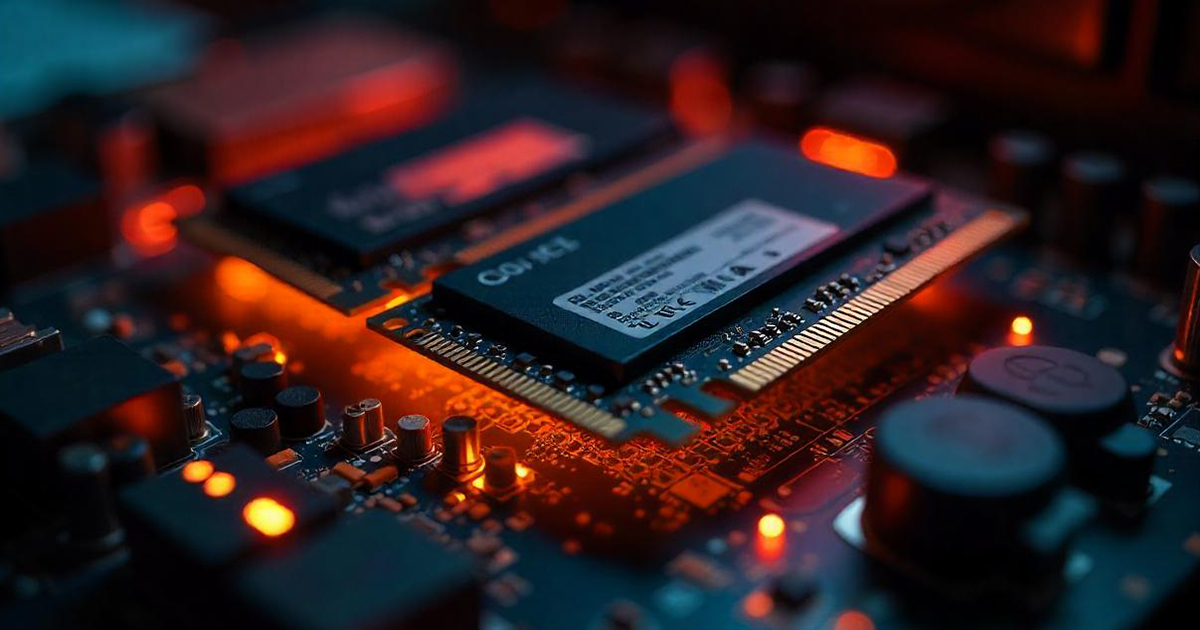

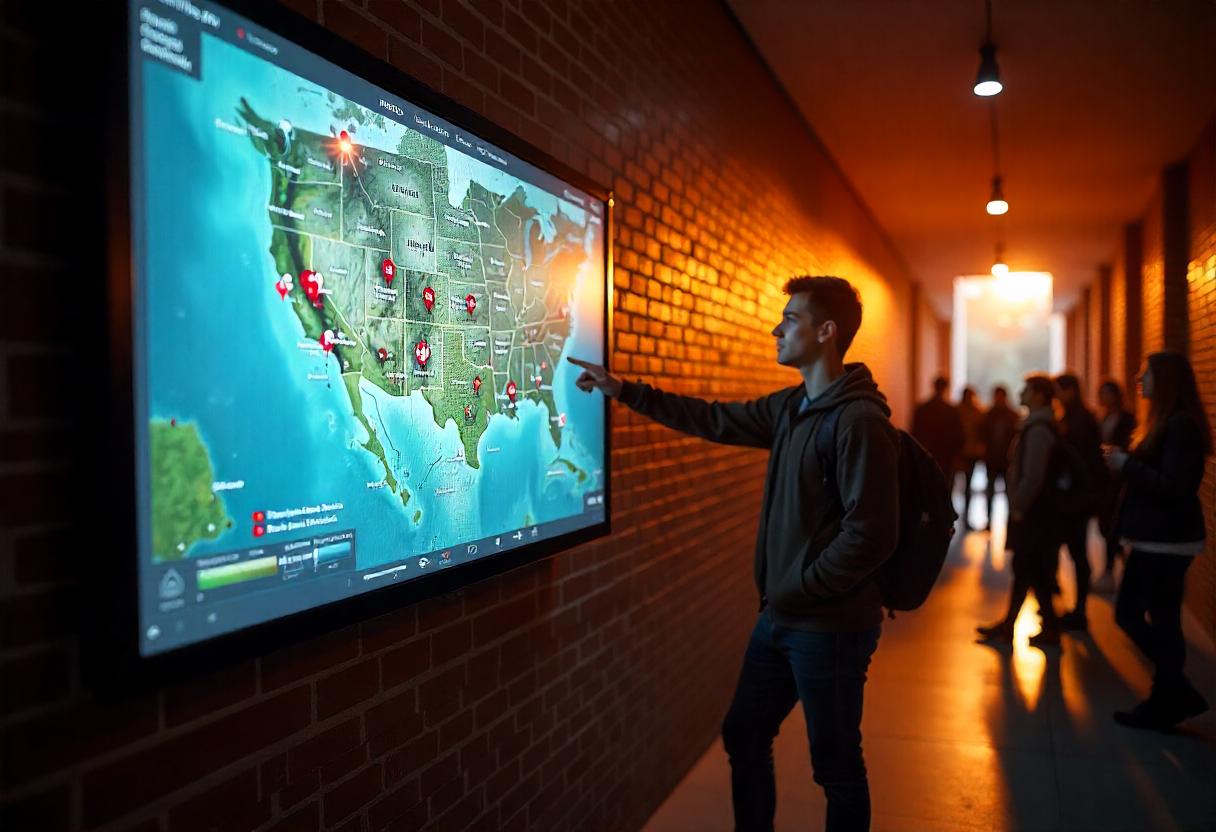
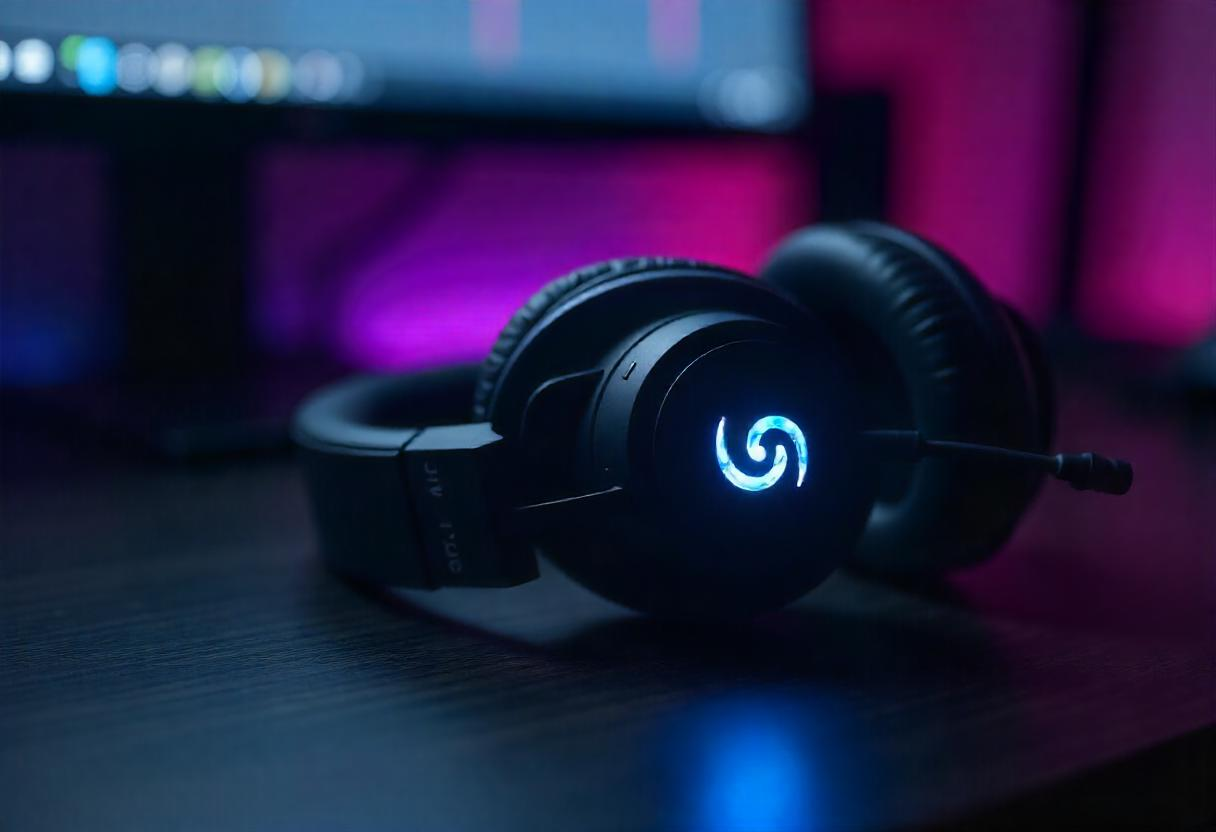
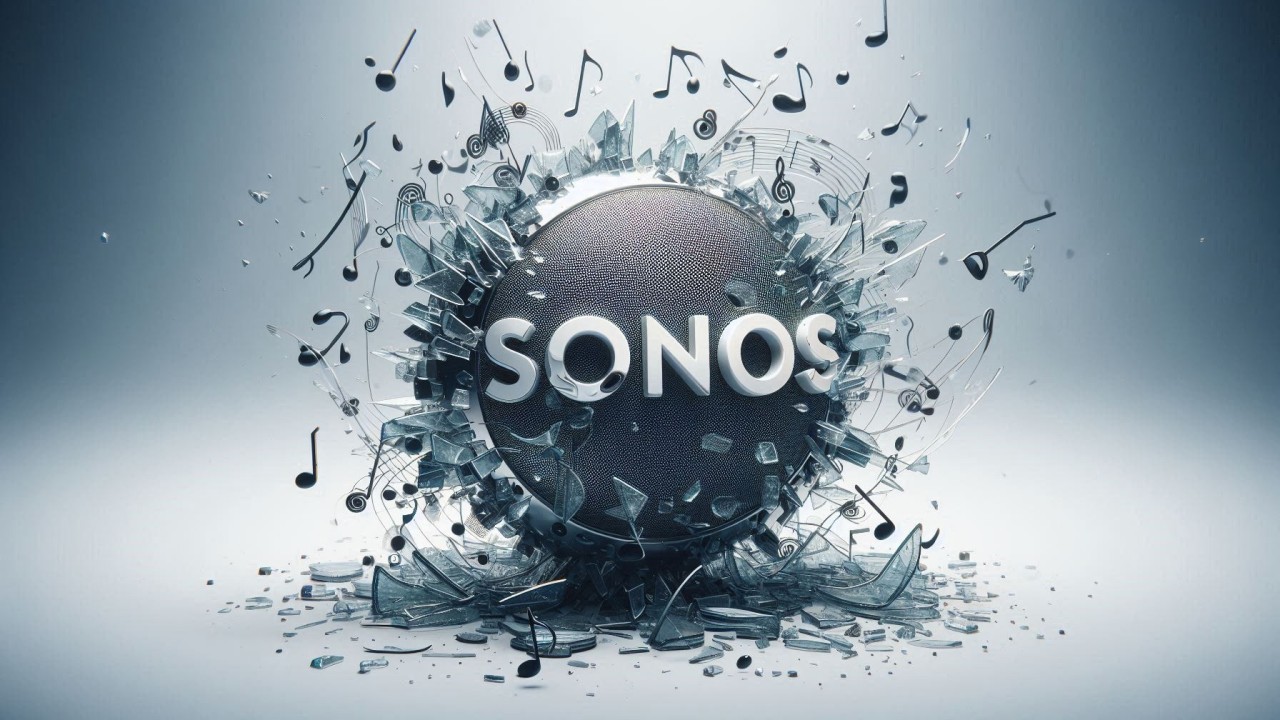
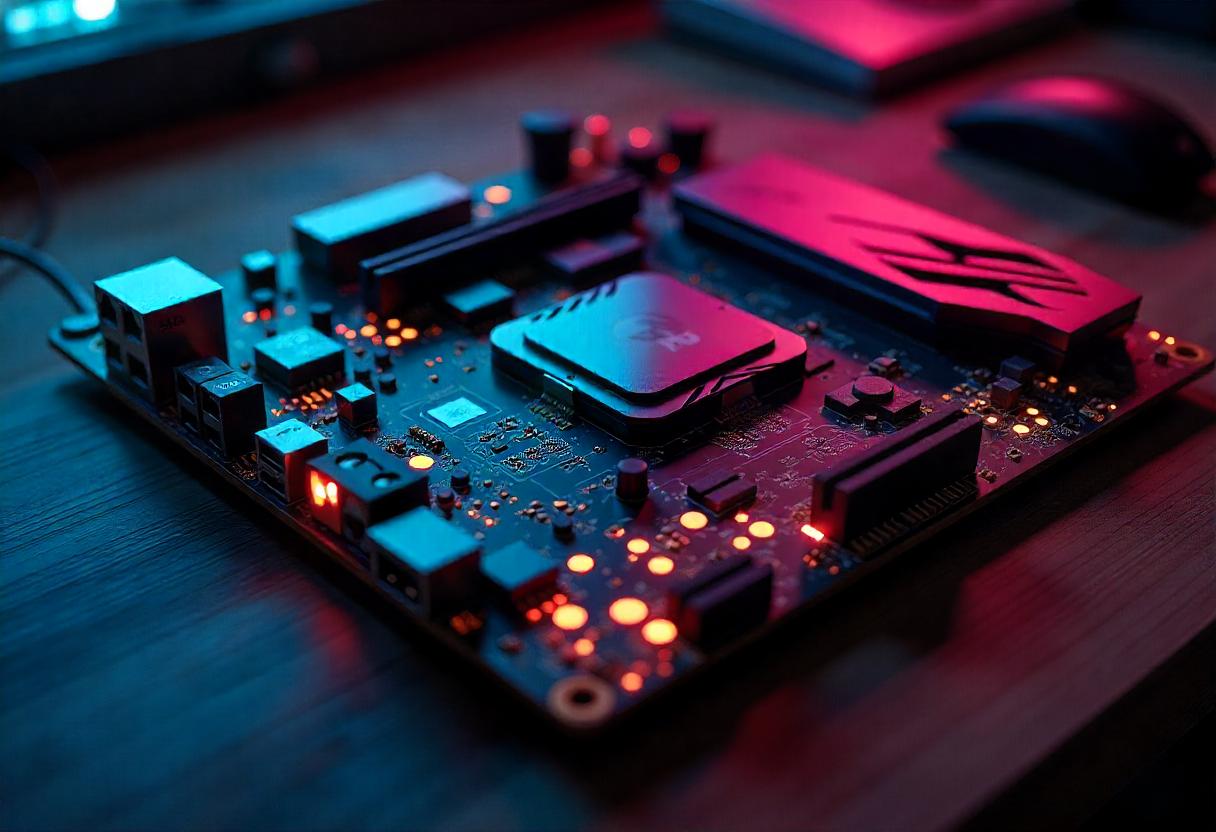
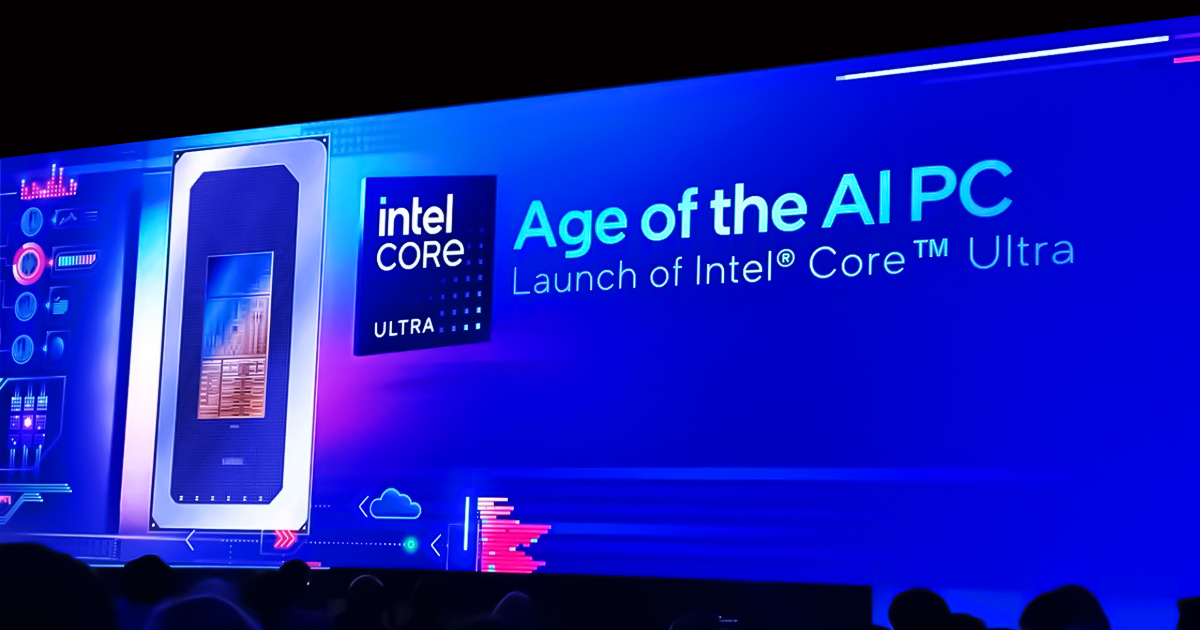



Leave a comment